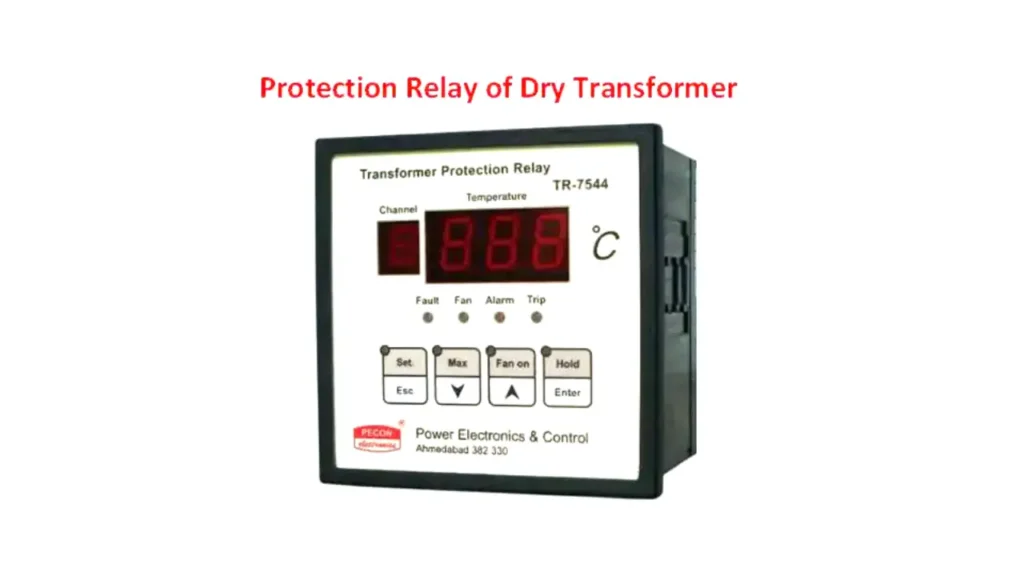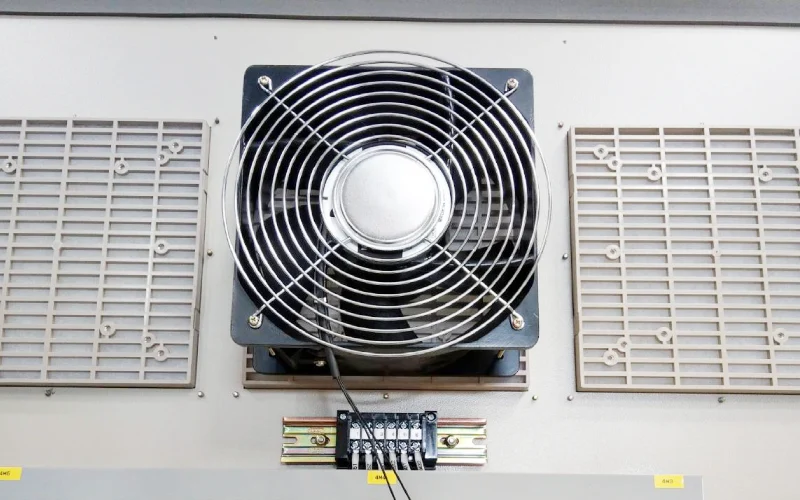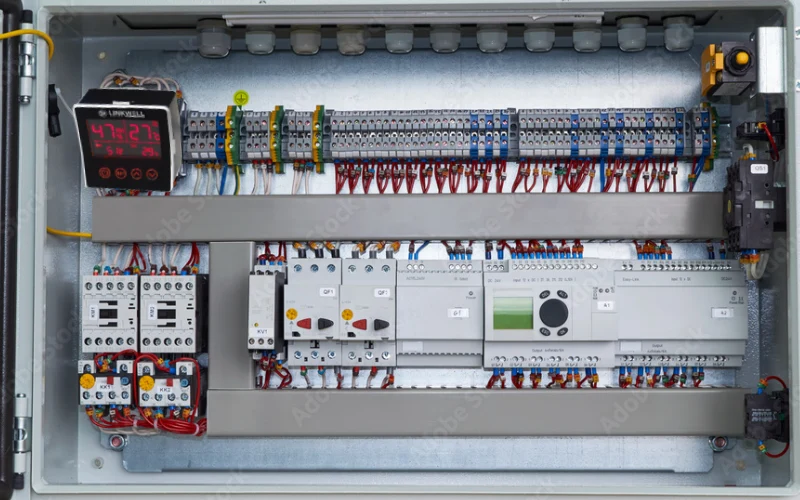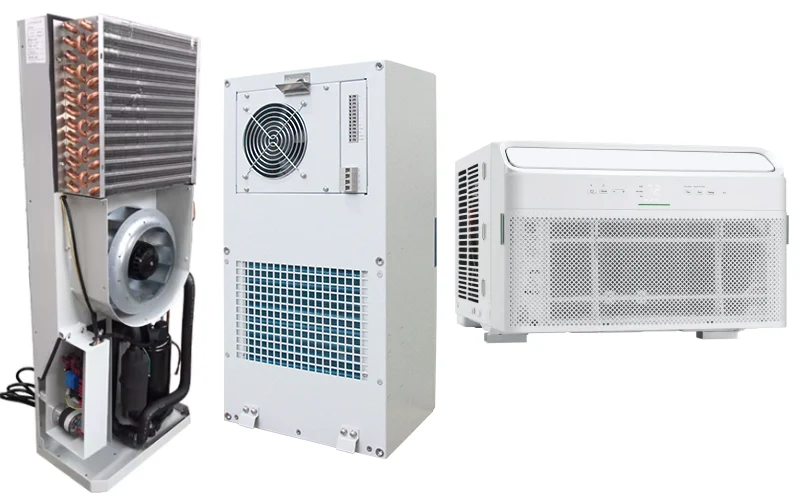Dry-type transformers are crucial components in modern electrical systems, but their reliability and lifespan heavily depend on effective protection strategies. Unlike their oil-filled counterparts, dry-type units have unique characteristics that necessitate specific protective measures to guard against common faults and environmental stressors. Understanding these essential strategies is key to ensuring continuous, safe, and efficient power distribution.
This blog post will delve into the core principles of dry-type transformer protection, exploring various methods and technologies that safeguard these vital assets. From overcurrent and overvoltage protection to thermal management and insulation integrity, we’ll outline the best practices that contribute to both the longevity of your transformers and the overall safety of your electrical infrastructure.
What are Dry Type Transformers
Dry-type transformers are electrical transformers that use air or a solid, non-flammable insulation material (like resin or silicone) instead of traditional oil or other liquid coolants for insulation and cooling. This design eliminates the fire hazards, environmental concerns, and maintenance associated with liquid-filled transformers, making them a safer and more environmentally friendly option.
They are typically enclosed in a robust casing, making them suitable for indoor installations or outdoor applications where safety and environmental considerations are paramount.
When Needs Dry Type Transformer Protection

Dry-type transformers require robust protection in virtually all operational scenarios to ensure safety, reliability, and longevity. Unlike their oil-filled counterparts, their solid insulation is more susceptible to thermal degradation from overloads or short circuits, necessitating precise and rapid protective responses. Protection is crucial:
- During Fault Conditions: To isolate short circuits or ground faults quickly, preventing extensive damage to the transformer and downstream equipment.
- Under Overload Situations: To prevent overheating that can degrade insulation and shorten the transformer’s lifespan.
- Against Voltage Surges: To protect against lightning strikes or switching transients that can cause insulation breakdown.
- For Temperature Extremes: To monitor and alert for internal hot spots, which are critical for dry-type units.
- During Maintenance: To safely de-energize the unit for personnel protection.
Dry Type Transformer Protection Methods
Implementing effective dry-type transformer protection methods is crucial for ensuring the safety of personnel, the longevity of the equipment, and the reliability of the electrical system. These methods proactively guard against common electrical faults and operational stresses.
Overcurrent Protection
Overcurrent protection is fundamental for dry-type transformers, safeguarding them against excessive current flows caused by short circuits or sustained overloads. This protection typically comes in the form of fuses or circuit breakers installed on both the primary and secondary sides of the transformer.
Fuses are designed to melt and open the circuit when current exceeds a specific rating for a set duration, providing rapid isolation for severe faults. Circuit breakers, on the other hand, offer resettable protection and can be equipped with various trip units (thermal, magnetic, electronic) to respond to different types of overcurrent conditions.
Proper sizing and coordination of overcurrent devices are essential. The protective devices must be rated to carry the transformer’s normal full-load current without tripping, but trip quickly enough to prevent damage during a fault.
Coordination ensures that the nearest protective device to the fault clears the issue, minimizing the impact on the rest of the electrical system. Regular testing and maintenance of these devices are critical to confirm their proper operation when an overcurrent event occurs, thereby extending the life of the transformer and preventing costly downtime.
Temperature Monitoring and Protection
Temperature monitoring is particularly vital for dry-type transformers, as their insulation relies on air or solid materials that can degrade when exposed to excessive heat. Unlike oil-filled transformers, which often use oil temperature as an indicator, dry-type units typically employ embedded temperature sensors (e.g., RTDs or thermocouples) directly within the windings.
These sensors continuously monitor the winding temperature and provide signals to a temperature monitoring relay, which can then trigger alarms or trip the transformer offline if a pre-set temperature limit is exceeded.
High temperatures can result from overloads, inadequate ventilation, or internal insulation failures. The temperature monitoring system acts as an early warning system, allowing operators to address issues before irreversible damage occurs to the insulation.
Some advanced systems can also control cooling fans to maintain optimal operating temperatures. Regular calibration of these sensors and verification of the alarm/trip settings are crucial to ensure their accuracy and responsiveness, directly contributing to the prolonged operational life and safety of the dry-type transformer.
Ground Fault Protection
Ground fault protection is critical for dry-type transformers, especially in systems where a fault to ground could lead to significant damage or safety hazards. A ground fault occurs when an energized conductor accidentally makes contact with a grounded surface or the transformer’s metallic enclosure.
This can result in dangerously high fault currents and potentially cause arc flash incidents. Ground fault protective devices, such as ground fault relays and current transformers (CTs), detect these abnormal currents flowing to ground and rapidly trip the associated circuit breaker to de-energize the transformer.
Implementing effective ground fault protection not only minimizes equipment damage but also significantly enhances personnel safety by reducing the risk of electric shock and arc flash injuries. The type of ground fault protection (e.g., residual current, zero-sequence) and its sensitivity will depend on the system grounding scheme and specific application requirements. Regular testing of ground fault relays and visual inspections of grounding connections are essential to ensure the integrity and effectiveness of this critical safety measure, providing peace of mind during operation.
Surge Protection
Surge protection guards dry-type transformers against transient overvoltages, which can be highly destructive. These surges can originate from lightning strikes, switching operations within the power grid, or other transient events that cause a sudden, sharp increase in voltage.
Dry-type transformer insulation, while robust, can be particularly vulnerable to these high-frequency, high-magnitude voltage spikes, which can lead to insulation breakdown and catastrophic failure. Surge arresters are typically installed on the primary side of the transformer, connected between the phase conductors and ground.
Surge arresters work by providing a low-impedance path to ground for these transient overvoltages, diverting the excessive energy away from the transformer’s windings. They are designed to operate only when the voltage exceeds a certain threshold, effectively clamping the voltage to a safe level. Proper selection of surge arresters based on the system voltage and expected surge levels is crucial for effective protection.
Regular inspection of surge arresters for signs of damage or degradation is also important to ensure they remain fully functional and ready to protect the transformer from unforeseen voltage transients.
Dry Type Transformer Fire Protection
Dry-type transformers inherently offer superior fire safety compared to oil-filled units because they eliminate the use of flammable liquids. Their insulation materials are typically non-combustible or self-extinguishing, greatly reducing the risk of fire propagation even in the event of an electrical fault.2 This makes them a preferred choice for indoor installations or densely populated areas.
While the fire risk is significantly lower, it’s not entirely absent. Overheating due to sustained overloads or internal faults can still lead to smoke or, in extreme cases, localized charring of insulation. Therefore, proper ventilation is crucial to dissipate heat and prevent thermal runaway. Maintaining appropriate clearances around the transformer also helps prevent heat buildup.
Despite their low fire hazard, some installations may still require additional considerations depending on local codes or the critical nature of the application. This might include using fire-resistant barriers or, in highly sensitive environments, integrating very early smoke detection systems. However, these are generally supplementary measures, underscoring the inherent safety of dry-type designs.
Conclusion
Effectively implementing dry-type transformer protection strategies is not just about compliance; it’s about safeguarding your investment and ensuring uninterrupted power. From precise overcurrent and overvoltage devices to proactive temperature monitoring, each protective measure plays a vital role in preventing costly failures and extending asset life. Prioritizing these essential strategies minimizes risks and maximizes operational uptime.
Ultimately, a well-protected dry-type transformer system translates directly into enhanced safety for personnel and equipment, reduced maintenance burdens, and improved overall reliability of your electrical infrastructure. These robust units, when properly protected, offer a cleaner, safer, and more efficient alternative for modern power distribution demands.
For reliable, dry-type transformers and comprehensive protection solutions, get wholesale transformers from us. We provide a wide range of models designed for durability and performance, ensuring your project’s success and long-term peace of mind.




